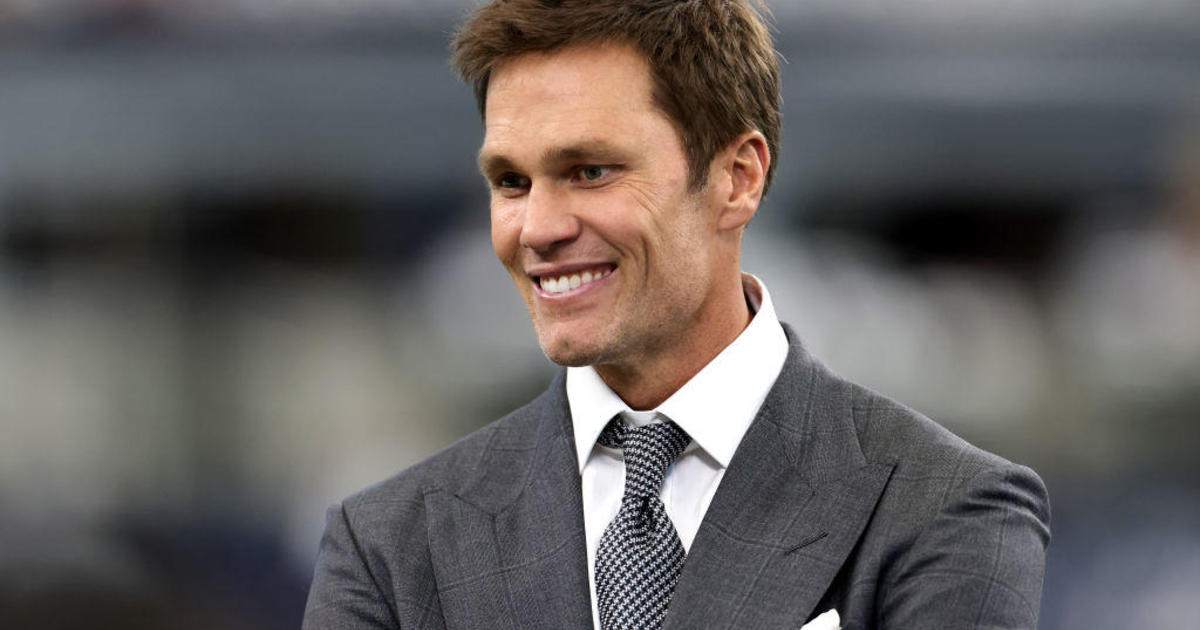Tom Brady’s investment in the Las Vegas Raiders marks a significant shift in his career trajectory, transitioning from the gridiron to the ownership box. His acquisition of a minority stake, approved after a period of review and negotiation, showcases his continued involvement in the NFL, even after retirement. This move demonstrates a strategic decision to leverage his legendary status and business acumen within the league, potentially shaping its future and the Raiders’ fortunes. The deal involved extensive vetting by the NFL due to concerns over potential conflicts of interest with his broadcasting role and the extent of the discount received. The implications for the Raiders and Brady’s future within the NFL will continue to develop, further showcasing his entrepreneurial spirit and commitment to the sport.
Brady’s Raiders Ownership: A New Chapter
The Deal and Its Approval
Tom Brady’s purchase of a 5% minority stake in the Las Vegas Raiders marks a historic moment. The deal, initially agreed upon in May 2023, faced a lengthy approval process spanning 17 months due to concerns about the financial aspects and potential conflicts of interest with his broadcasting contract with Fox. These concerns stemmed from the perceived discount offered by Raiders owner Mark Davis and the need to ensure fair market value for the franchise. The NFL’s rigorous review process, necessitating unanimous approval from team owners, underscores the league’s commitment to maintaining financial transparency and avoiding any perception of impropriety. The successful outcome highlights the league’s acknowledgment of Brady’s value and potential impact while simultaneously setting a precedent for future deals involving prominent players. The complexities of the agreement underscore the regulatory landscape governing NFL ownership and Brady’s navigating this complicated environment successfully.
Restrictions and Responsibilities
As part of the agreement, the NFL has imposed certain restrictions on Brady’s activities to mitigate any potential conflicts of interest. Notably, Brady is prohibited from attending team meetings, accessing team facilities or engaging with players and coaches. These limitations, while perhaps viewed by some as inconvenient, highlight the league’s proactive approach to prevent potential ethical dilemmas associated with an active broadcaster being part-owner of a team. The balance struck allows Brady to fulfill his broadcasting obligations while minimizing any possibility of unfair advantage to the Raiders. Brady’s compliance underscores his commitment to both his broadcasting responsibilities and his new ownership position within the constraints of the league’s regulations. The regulations illustrate the sensitivity around a broadcaster holding partial ownership of a team and preventing any potential biases or insights from impacting broadcasts.
Brady’s Role and Impact
While the exact nature of Brady’s involvement remains to be seen, it’s expected to leverage his experience and acumen in player evaluation, specifically at the quarterback position. Davis hinted at Brady’s potential role in quarterback selection and development. Given Brady’s illustrious career as one of the most successful quarterbacks in NFL history, his insight in this area is invaluable. Beyond player personnel, Brady’s brand recognition and business savvy could attract sponsorships and partnerships, significantly contributing to the Raiders’ financial performance. His network extends beyond the football field. He’s poised to improve the organization’s business operations. He is predicted to bring new sponsors and lucrative business opportunities to the team, leading to growth and stability. Moreover, his leadership qualities could be invaluable in shaping the overall culture of the organization.
The Broader Context: Former Players as Owners
Brady’s foray into NFL ownership isn’t unprecedented but adds to the small, exclusive group of former players who’ve achieved such a milestone. The decision for the NFL to approve Brady’s investment further cements the value of ex-players assuming this dual role and shows the league’s openness to having this experience within its administration. He joins a select club including George Halas Sr., Jerry Richardson, Warrick Dunn, and John Stallworth – highlighting the ongoing evolution of the league and the acknowledgment of expertise drawn from within the game itself. Richard Seymour, another former teammate of Brady’s in New England, also received approval for a minority stake in the Raiders, illustrating that the opportunity extends beyond just highly recognized players. These decisions provide a dynamic model of how successful past players can return to influence and guide the League’s ongoing success, thereby further strengthening its legacy and identity.
Takeaways:
- Tom Brady’s ownership stake in the Las Vegas Raiders represents a significant development in his post-playing career.
- The approval process highlighted the NFL’s commitment to due diligence and conflict of interest management.
- Brady’s potential impact on the Raiders extends beyond personnel decisions to business operations and team culture.
- His ownership underscores a growing trend of former players transitioning into leadership positions within the NFL.
- Brady’s success in navigating the complexities of the agreement shows his ability to maneuver in the challenging world of professional sports business.




